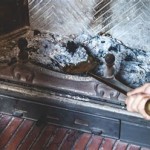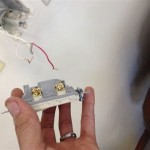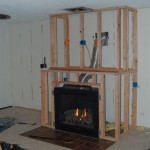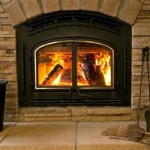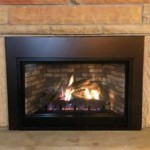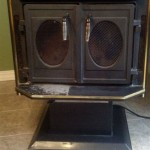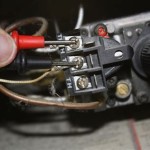Essential Aspects of Gas Fireplace Stoves
Gas fireplace stoves are an excellent way to add warmth, comfort, and ambiance to your home. They are more efficient than traditional wood-burning fireplaces and produce less pollution. However, there are a few essential aspects to consider when choosing and using a gas fireplace stove.
Types of Gas Fireplace Stoves
There are two main types of gas fireplace stoves: vented and vent-free. Vented stoves require a chimney or vent pipe to exhaust combustion gases to the outside. Vent-free stoves do not require a vent and can be installed in any room of your home. However, vent-free stoves produce more pollutants than vented stoves, so they are not recommended for use in small or enclosed spaces.
Choosing a Gas Fireplace Stove
When choosing a gas fireplace stove, consider the following factors:
- Size: Choose a stove that is the right size for the room you want to heat.
- Heat output: The heat output of a stove is measured in British thermal units (BTUs). Choose a stove that produces enough BTUs to heat the room you want to heat.
- Fuel type: Gas fireplace stoves can be fueled by natural gas or propane.
- Features: Some gas fireplace stoves come with features such as remote controls, thermostats, and blowers.
Installing a Gas Fireplace Stove
Gas fireplace stoves should be installed by a qualified professional. The installation process typically includes:
- Gas line connection: The stove must be connected to a gas line.
- Venting: If the stove is vented, a vent pipe must be installed to exhaust combustion gases to the outside.
- Electrical connection: The stove may need to be connected to an electrical outlet for features such as remote controls and blowers.
Using a Gas Fireplace Stove
Once your gas fireplace stove is installed, you can start enjoying the warmth and comfort it provides. Here are a few tips for using a gas fireplace stove:
- Follow the manufacturer's instructions: Always read and follow the manufacturer's instructions for safe and proper operation.
- Keep the area around the stove clear: Do not place flammable materials near the stove.
- Ventilate the room: If you have a vented stove, make sure the room is properly ventilated to prevent the accumulation of combustion gases.
- Have the stove inspected annually: A qualified professional should inspect your gas fireplace stove annually to ensure it is operating safely and efficiently.
Benefits of Gas Fireplace Stoves
Gas fireplace stoves offer several benefits, including:
- Convenience: Gas fireplace stoves are easy to operate and can be turned on and off with the flick of a switch.
- Efficiency: Gas fireplace stoves are more efficient than traditional wood-burning fireplaces.
- Cleanliness: Gas fireplace stoves do not produce ash or smoke, making them a cleaner option than wood-burning fireplaces.
- Ambiance: Gas fireplace stoves can create a warm and inviting atmosphere in your home.

Gas Stoves Fireplace And Stove The Hearth Doctor Inc

Free Standing Gas Fireplace Stoves For 30 On Now

Rais Gabo Gas Ii Stove For

Gas Stoves Made In Usa Lopi

Stovax Gazco Huntingdon 30 Gas Stove The Fireplace Company Haydock

Vision Small Gas Stoves Gazco Contemporary

Modern Contemporary Gas Stoves Stovax Gazco

Freestanding Gas Burning Stoves Sierra Hearth And Home

Garnet Gas Stove Encino Fireplace

Gas Burning Stove Installation Service Provider More In Wi

